Last Updated on May 22, 2024 by Jason
Vintage automatic and mechanical watches are both traditional mechanical watches that rely on mechanical parts to measure time instead of electronic components like modern quartz watches. Both mechanical and automatic watches use a complex series of gears, springs, and other mechanisms to maintain time. Strictly speaking, both movements are ‘mechanical’, the main difference between these types of watch movements is how they are powered.
In this guide, we discuss the differences between automatic and mechanical watches and determine how both watch movements measure up against elegance, timekeeping, function, and durability. Before we discuss automatic vs mechanical watches, let us first explain how both versions of the mechanical watch operate. Mechanical vintage watches are often associated with luxury and prestige and wearing a mechanical watch of either variety, automatic or manual operation can be seen as a symbol of sophistication and style.
Hand-wound mechanical watches
Mechanical watches are manual-winding watches powered by a wound mainspring that stores energy. The mainspring must be manually wound by the wearer, this is typically done daily. The first mechanical watches were invented in the 14th century, powered by a spring-driven mechanism. Today, mechanical watches use a balance wheel and hairspring to regulate the movement of their gears which control their timekeeping function. The accuracy of mechanical watches can vary depending on the quality of the movement and the skill of the watchmaker who assembled them.
Mechanical watches are very sought-after timepieces, especially for vintage collectors who appreciate the design and craftsmanship of traditional timepieces. While mechanical watches might lack the digital features which are present in the wristwatches of the 21st century, they remain popular. Sentimental value rather than performance values drive the attraction, and in this way, mechanical watches are highly valued by people who collect them as a hobby or investment.
Mechanical watches require regular maintenance and cleaning. Most watchmakers recommend servicing a vintage mechanical watch every 3-5 years for optimum functionality. Well-maintained mechanical manual winding watches can remain reliable and last for generations.
Automatic watches
Automatic watches, also known as self-winding watches, use the natural motion of the wearer’s wrist to wind its mainspring and keep it running. The first automatic watch was invented by Abraham-Louis Perrelet in 1777. However, it wasn’t until the early 20th century that automatic movements in watches became widely popular.
Automatic watches have a rotor, which is a metal weight that swings back and forth as the wearer moves their wrist. This motion transfers energy to the mainspring, which powers the watch. Many luxury watch brands such as Rolex, Omega, Longines and Tissot specialised in producing automatic watches. The addition of the rotor does mean that automatic vintage watches tend to be heavier than those that are manually wound.
The accuracy of automatic watches can be affected by factors such as temperature, magnetism, and the position of the watch. Therefore, it’s important to keep them away from strong magnetic fields and to store them in a stable, cool environment.
Automatic watches typically require servicing every 3-5 years to ensure that they function properly and maintain accuracy. If automatic watches are well-maintained, they can last for generations.
Mechanical watches, manual vs automatic
We have established that mechanical watches come in two varieties, manual-wind and automatics, from now on, we will refer to them using those terms. Both manual and automatic mechanical watches are known for their traditional, sophisticated styles and durability.
Deciding between a manual or automatic mechanical vintage watch ultimately hinges on personal preference and understanding your priorities. Automatic watches offer convenience for individuals who prefer not to manually wind their timepieces daily. Conversely, a manual vintage watch might attract those who cherish the heritage and artistry linked with hand-wound timepieces.
Ultimately, the choice between an automatic and a manual wound mechanical watch will depend on individual style, aesthetics, and preference more so than function, as both watch movements operate with similar accuracy. However, if I had to choose, I would recommend an automatic mechanical vintage watch over a manual winding one. This is for two reasons, firstly because of the convenience an automatic movement provides. Secondly, the daily task of manually winding a watch does put wear and tear on the winding stem and crown. If your vintage watch is only worn on special occasions, it wouldn’t make a difference which type you choose as an automatic generally requires a few turns of the crown to get it going.
Power reserve
The power reserve of a vintage watch usually refers to how long it will last when fully wound. Automatic watches have a power reserve of around 36-48 hours but can be kept running indefinitely as long as they are worn regularly, and the rotor can wind the mainspring. Automatic watches can be stored in a watch-winder which mimics the wrist movement and keeps the watch fully wound. This is generally not recommended for vintage watches as it is continual wear and tear. Afterall, you wouldn’t leave a vintage car idling in the garage between runs.
Mechanical watches typically have a power reserve of around 36-48 hours meaning that they can run for that length of time without needing to be wound again. It is generally best to wind the watch around the same time each day. This maintains consistency in power reserve and mainspring tension.
Accuracy and function
The accuracy of a vintage watch movement depends on several factors including the quality of the movement, the frequency of use, and the watch’s maintenance. Both automatic and mechanical movements can be highly accurate. However, automatic movements have an advantage in terms of accuracy in some cases. This is typically because an automatic watch is being continually wound. This means the mainspring tension is likely to be more constant.
Mechanical movements require manual winding and can be more likely to experience variations in accuracy if not wound consistently. However, high-quality mechanical movements can still be highly accurate, especially if they are properly regulated and maintained.
The functionality of a mechanical watch, automatic and manual, is dependent on the complications present. Complications are additional functions beyond basic timekeeping, such as a date display, moon phase indicator, or chronograph. The more complications a mechanical watch has, the more functions it can perform. However, this can also cause the timepiece to become more difficult to operate regardless of its movement type. It will also make the cost of maintenance more expensive.
Automatic and mechanical vintage watches are not as accurate as modern quartz watches. However, they are still highly accurate and are often preferred by watch enthusiasts who appreciate the slight variations in timekeeping that are inherent in vintage mechanical watches.
In conclusion
After all of this, which is best for you? It depends on the situation and your personal tastes. If you are after an elegant dress watch, the traditionalists would say that a hand-wound movement is the only way to go. However, you really can’t go wrong with a classic vintage automatic movement. They’re more popular for a reason, and convenience is a key factor.
To be honest, if you are reading this post, you love watches, especially vintage mechanical watches, and you can’t go wrong with either one. Whether you go for heritage in the form of a hand-wind, or the convenience of an automatic, just buy a vintage watch you can’t wait to strap on your wrist and enjoy the experience.
Related content
Manual wind vs automatic watches at Prestige Time.
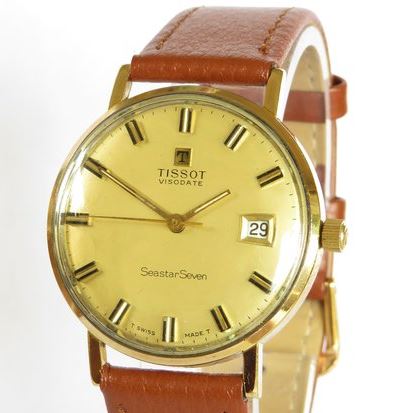
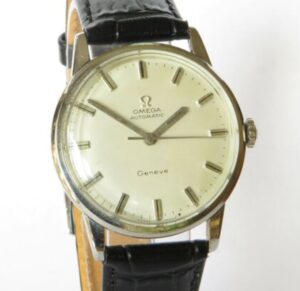
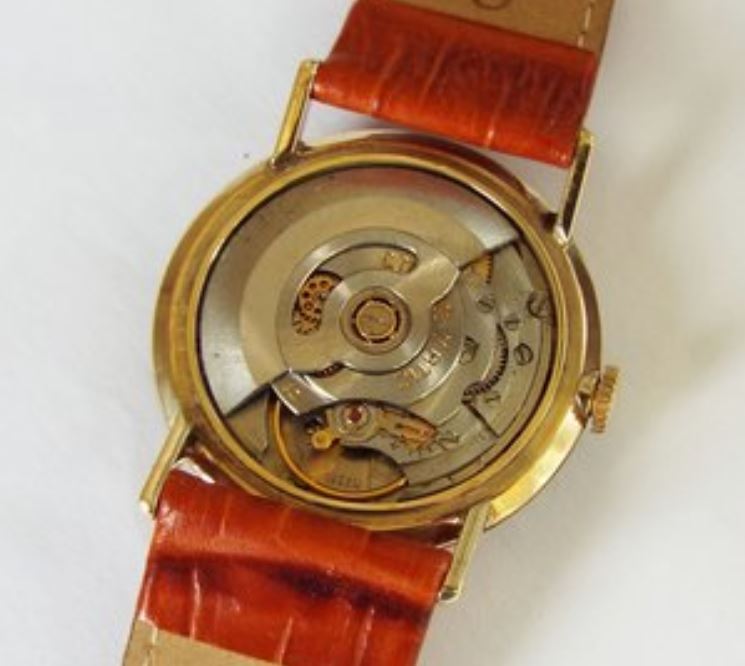
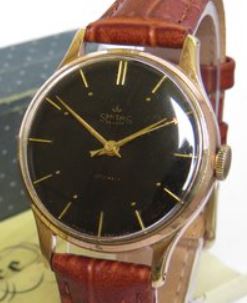
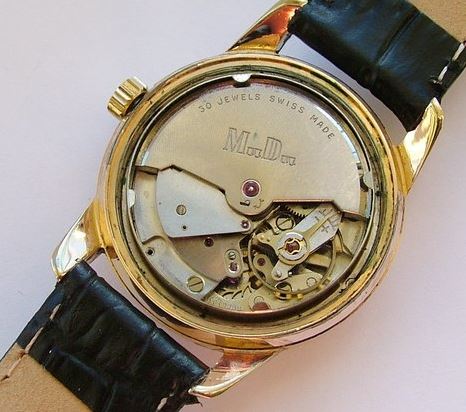
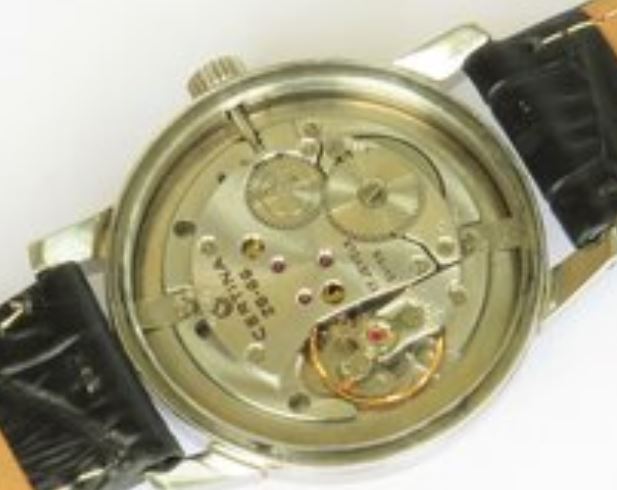
Leave a Reply